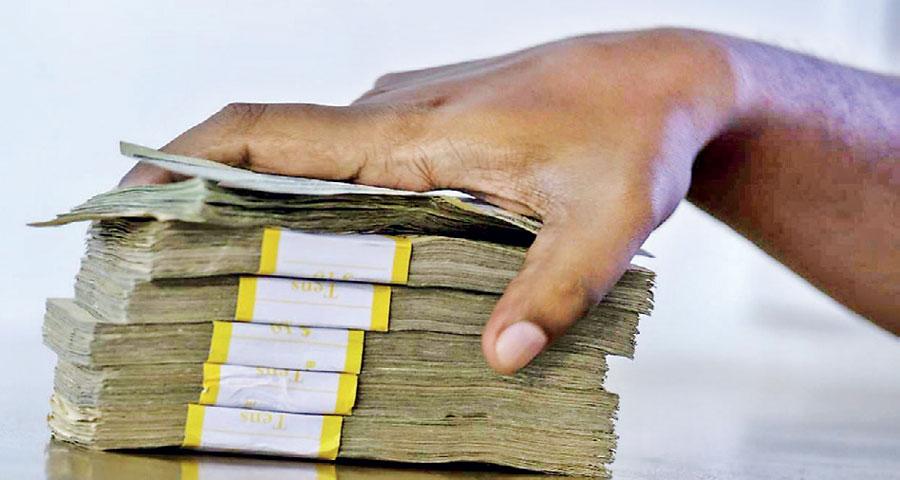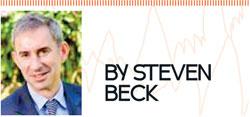Reply To:
Name - Reply Comment

 Measures to prevent criminals and terrorists from exploiting the global financial system often have unintended consequences in the form of less access to credit for small and medium-sized enterprises (SMEs) in vulnerable regions like the Pacific.
Measures to prevent criminals and terrorists from exploiting the global financial system often have unintended consequences in the form of less access to credit for small and medium-sized enterprises (SMEs) in vulnerable regions like the Pacific.
This in turn creates market gaps that undermine Pacific countries’ ability to create growth and jobs to lift people from poverty.
It’s all about banks’ capacity to detect irregular behavior in their clients. Bankers can relatively easily determine that a large company isn’t involved in crime but getting the same assurances from small businesses in the Pacific can be difficult and costly. This can also lead banks to sever correspondent ties, a trend commonly referred to as “de-risking.”
Pacific countries
There is widespread concern that many Pacific countries may be shut out of the global financial system due to de-risking, preventing their small businesses from transferring money abroad or clearing currencies because no corresponding bank is available to do so.
The Pacific is among the global regions most impacted by this de-risking trend, driven by international banks unwilling to work with local banks in jurisdictions where anti-money laundering/counter-terrorism financing controls are weak. ADB is providing training in the Pacific and other regions to address this.
When anti-money laundering controls make it too expensive and onerous for international banks to operate and work with local banks in the Pacific, the conduits for money to flow are lost. This makes it particularly hard for money transfer operators to process the remittances that many families living in far-flung islands need to survive.
Remittances account on average for 10 percent of gross domestic product in Pacific nations, and over 20 percent in Tonga and Samoa. But remittance costs in the Pacific average more than 8 percent; if they climb even higher, the finances of poor households will come under further strain.
The trade finance gap that results from combating trade-based money laundering and terrorist financing is a serious problem. Efforts to stem money laundering in the financial system contribute to an estimated global annual trade finance shortage of US$1.5 trillion.
Clearly, efforts to stop financial crime need to be more efficient and effective so they don’t have a negative impact on small businesses. We must prevent criminals from using the financial system, but we know that misdirected efforts to stop crime lead to legitimate small and medium-sized enterprises in the Pacific not getting the support they need to grow, create jobs and contribute to development.
ADB and the International Monetary Fund—along with banks, money transfer operators and regulators from Australia, New Zealand and Pacific nations—meet regularly to identify practical solutions to address the costs and risks of transferring remittances to Pacific countries and the difficulties in undertaking
cross-border trade transactions.
Public-private working group
At a recent workshop in Singapore, convened by ADB’s Trade Finance Program, participants agreed to set up a public-private working group to design a standardized ‘suspicious activity report’ template for use across different jurisdictions.
Banks file these reports with authorities when they suspect money laundering or fraud, so law enforcement agencies can investigate and prosecute if crimes have been committed. Unfortunately, the criteria for filing suspicious activity reports differs from country to country and from region to region, and international banks tend to stay away from jurisdictions where the rules are lax.
Apart from enabling better data collection and analysis, the proposed suspicious activity report template facilitates the application of artificial intelligence and other emerging technologies to make better use of such reports. The template also helps identify trends across jurisdictions, and in general improve the impact anti-money laundering efforts around the globe.
The group has also been tasked with developing online feedback to inform industry of the impact of suspicious activity reports, and to assist in improving the quality of these reports and accompanying documentation for investigative purposes.
A more efficient method of distinguishing between legitimate business and those who abuse the international finance system is crucial to fighting crime and providing financial support to growing companies.
A standardized suspicious activity report template is a good first step.
(The writer is Head of Trade Finance at Asian
Development Bank)